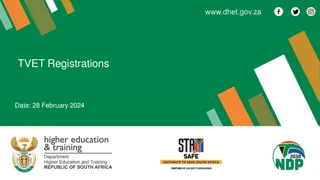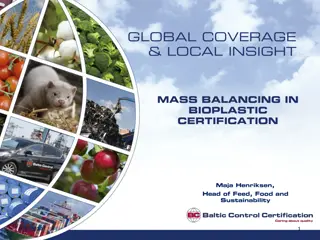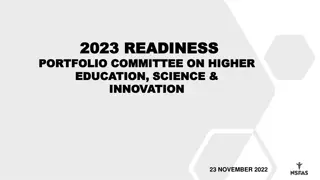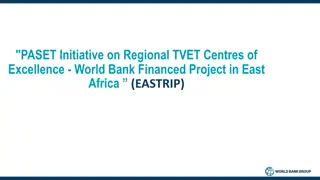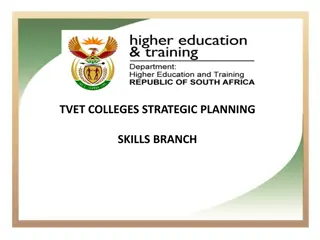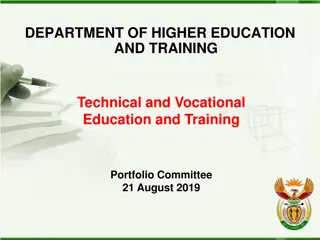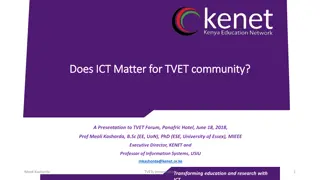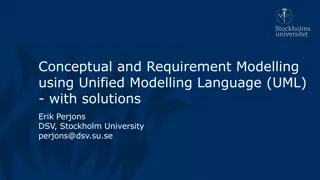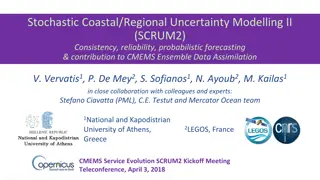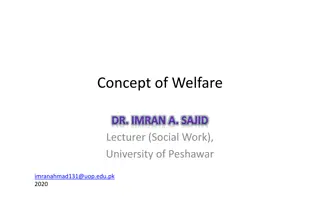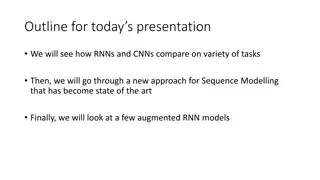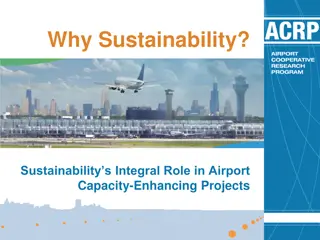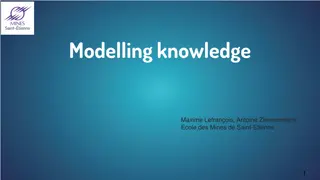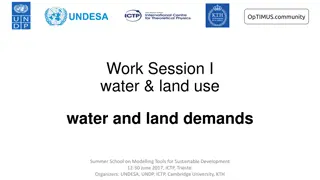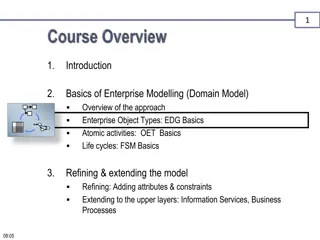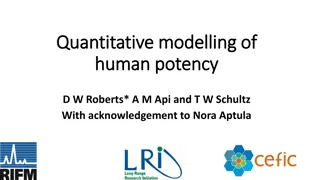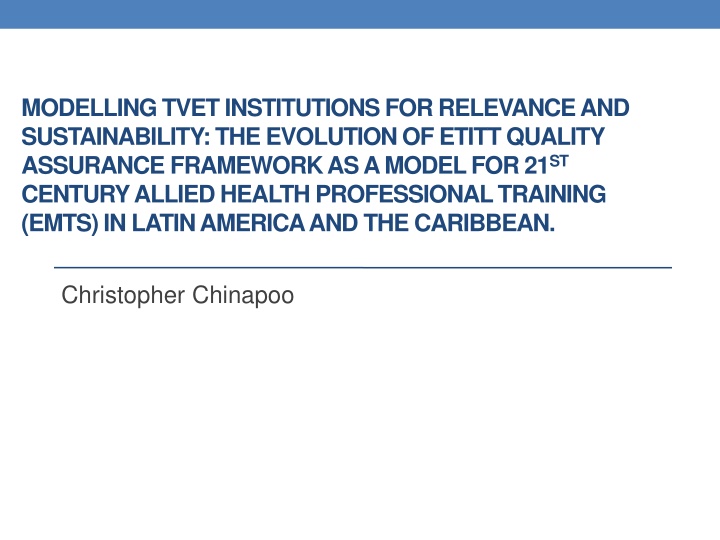
Evolution of EMTs Quality Assurance Framework in Latin America and the Caribbean
"Discover the evolution of the ETITT quality assurance framework for allied health professional training in Latin America and the Caribbean. Explore challenges, lessons learned, and the importance of maintaining relevance in the 21st century."
Download Presentation

Please find below an Image/Link to download the presentation.
The content on the website is provided AS IS for your information and personal use only. It may not be sold, licensed, or shared on other websites without obtaining consent from the author. If you encounter any issues during the download, it is possible that the publisher has removed the file from their server.
You are allowed to download the files provided on this website for personal or commercial use, subject to the condition that they are used lawfully. All files are the property of their respective owners.
The content on the website is provided AS IS for your information and personal use only. It may not be sold, licensed, or shared on other websites without obtaining consent from the author.
E N D
Presentation Transcript
MODELLING TVET INSTITUTIONS FOR RELEVANCE AND SUSTAINABILITY: THE EVOLUTION OF ETITT QUALITY ASSURANCE FRAMEWORK AS A MODEL FOR 21ST CENTURY ALLIED HEALTH PROFESSIONAL TRAINING (EMTS) IN LATIN AMERICA AND THE CARIBBEAN. Christopher Chinapoo
Outline Introduction Challenges Quality Assurance Framework Lessons Learnt Conclusion
Introduction ETITT has become a benchmark for quality allied health professional training and education Commitment to quality that goes beyond compliance to standard, Focusing our market interest based on its mission vision and stated purposes Maintaining dynamic quality assurance framework that is responsive to current and future need, programme remain relevant due to strong alignment and links with market needs
Challenges Understanding Criteria and Learning more about quality Defining Quality Operational Definition Implementing Change whilst Operations Ongoing External QA overburden Perceived Evaluator Bias Inconsistent evaluator understanding of institution mission and introduction of additional criteria and requirements during visit
Understanding Criteria and learning more about quality Mission and stated purpose overlaps CBET, TVET Invest in training and development for all staff quality concepts, teaching and learning techniques, assessment and evaluation, internal verification, internal assessor and training design and development. Each one teach one and utilizing the collective knowledge, insights and experience of the staff to develop a cohesive and comprehensive understanding. Partnerships and Collaboration Solicit and Use feedback Participation in ACTT workshops
Defining Quality Operational Definition Defining what quality meant to the institution was difficult as in some aspects different definitions applied. Quality as conformance to standards (Crosby, 1996), Quality as fitness for purpose (Juran 1998 and Deming 1986 ), Quality as value for money, quality as transforming (Harvey and Green 1993) . Quality as transforming. Definitions can be further categorized as retrospective or prospective, Biggs (2002) ETITT defines quality attaining excellence in everything that we do.
Choosing Consultants Careful with Canned Systems and Consultants that Offer A strategic/facilitative approach Establish powerful business and quality model ACTT and NTA can develop a listing of quality assurance consultants grouped in specialist areas, which don t necessarily recommend persons but help institutions find persons that can help guide system development, implementation and improvement.
Governance and Administration Documentation, auditing and data analysis. New Programmes Structural Changes Creation of Board Legal issues Alignment to National Development Agenda.
Implementing Change whilst Operations Ongoing Documentation, reporting, and communication of new policies time intensive and challenging as operations were ongoing. Focus on the human side of change is a critical factor in achieving sustainable success. Inspirational hands on Leadership learning organisations (Senge s 1994) make the shift from demanding compliance to encouraging commitment. Continuous investment in staff is crucial to achieving commitment to change and continual quality improvement.
External QA overburden Mission and purpose, requires interaction and compliance with requirement s of both ACTT and NTA. Inadequate guidance and rationalization Need to conduct joint /collaborative visits reduce paperwork and QA overburden Reduce the quality assurance overburden and bureaucracy that time, finances and resources can be redirected to supporting students and improving teaching and learning outcomes.
Perceived Evaluator Bias The evaluators evaluating systems can also seek to better cater for evaluating innovations in policies, procedures, systems, practices Mission and Outcome Focused versus Imposed Practice Need Opportunity for Client Not all Private are Bad Not All Public are good.
Lessons Learnt Build a Mission/Student Focused Team and Encourage Teamwork Student focus and inclusion of all members of staff as early and in all stages of the quality journey was critical to all success achieved. No one size fits all or canned blueprint After Registration and Making Improvements You will still have deficits and gaps A lot of people sell the quality system as it corrects all institutional ills. Stay focused on what is important Integrate the Management System and Create a One Page Interactive Model Improving Documentation alone does not improve quality
Lessons Learnt Focus on Learning it is all about learning from the system and improving (Deming, 1996) . make system leaner and more effective. continual learning and improvement is key to achieving sustainable results. in the long run, the only sustainable source of competitive advantage is your organisation s ability to learn faster than its competition (Senge (1994) Use Process Based Approach, Turtle Diagrams and Improvement Tools Grow organic improvement competencies After registration continue to maintain and keep simplifying
Conclusion Quality journey is never ending Need for National QA system to a more integrated and coordinated approach Learn from the process, document learning, share and be an active participant in improving the higher education landscape in Trinidad and Tobago. Adopt process/model of development not the model itself
Way forward Strengthening organizations systems Institutional accreditation, Strengthening the quality assurance function Expanding the number of locally designed programmes and offerings Continuing to build capacity in data analysis Using information to improve, auditing, self-assessment, evaluation, and accreditation process. Expand Collaborative Relationships
6 Cs Clarity of Vision Consistency & Reliability Capability Commitment Compliance Communication



